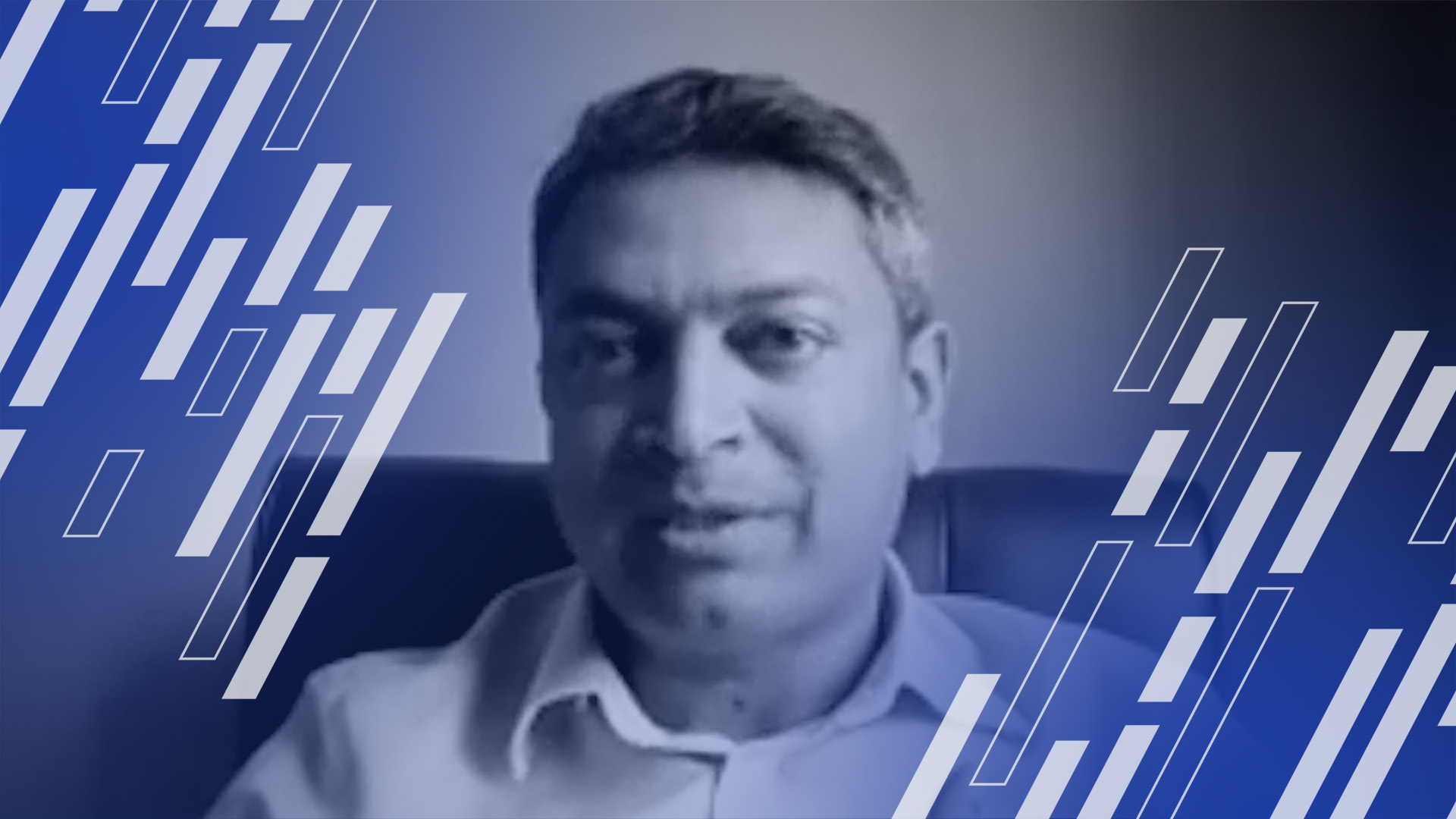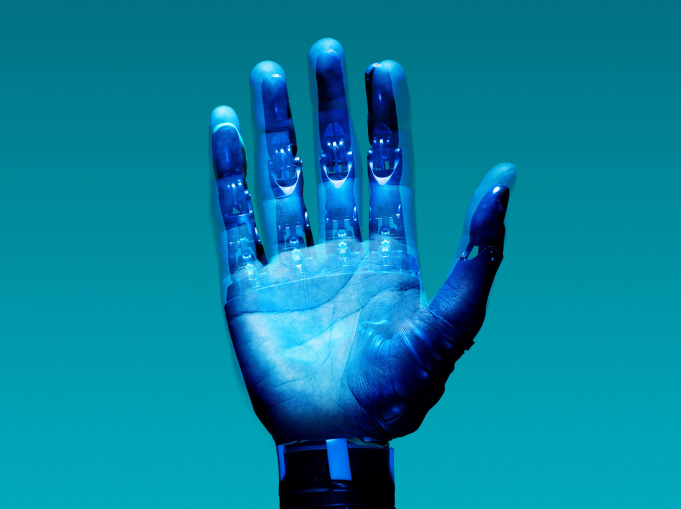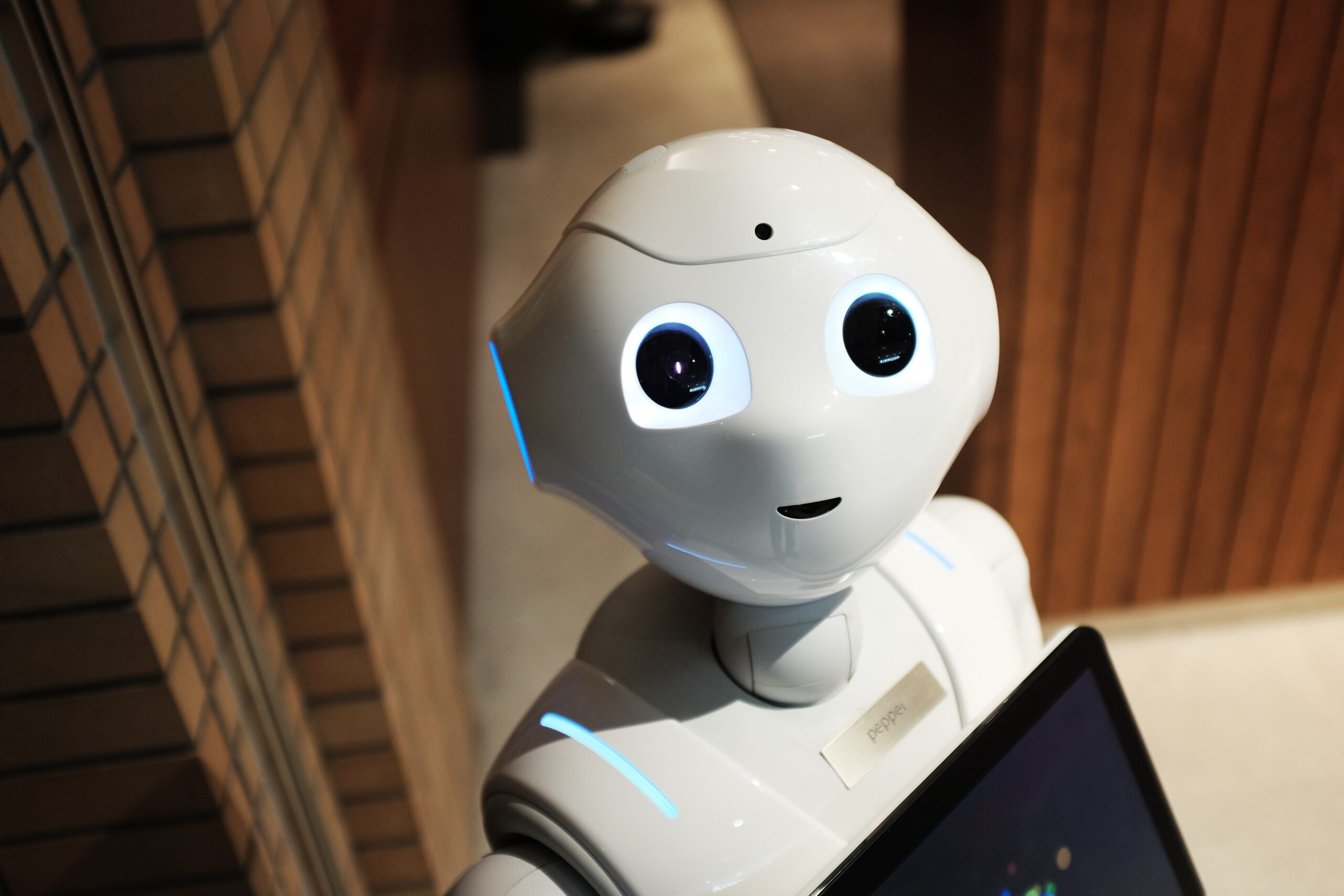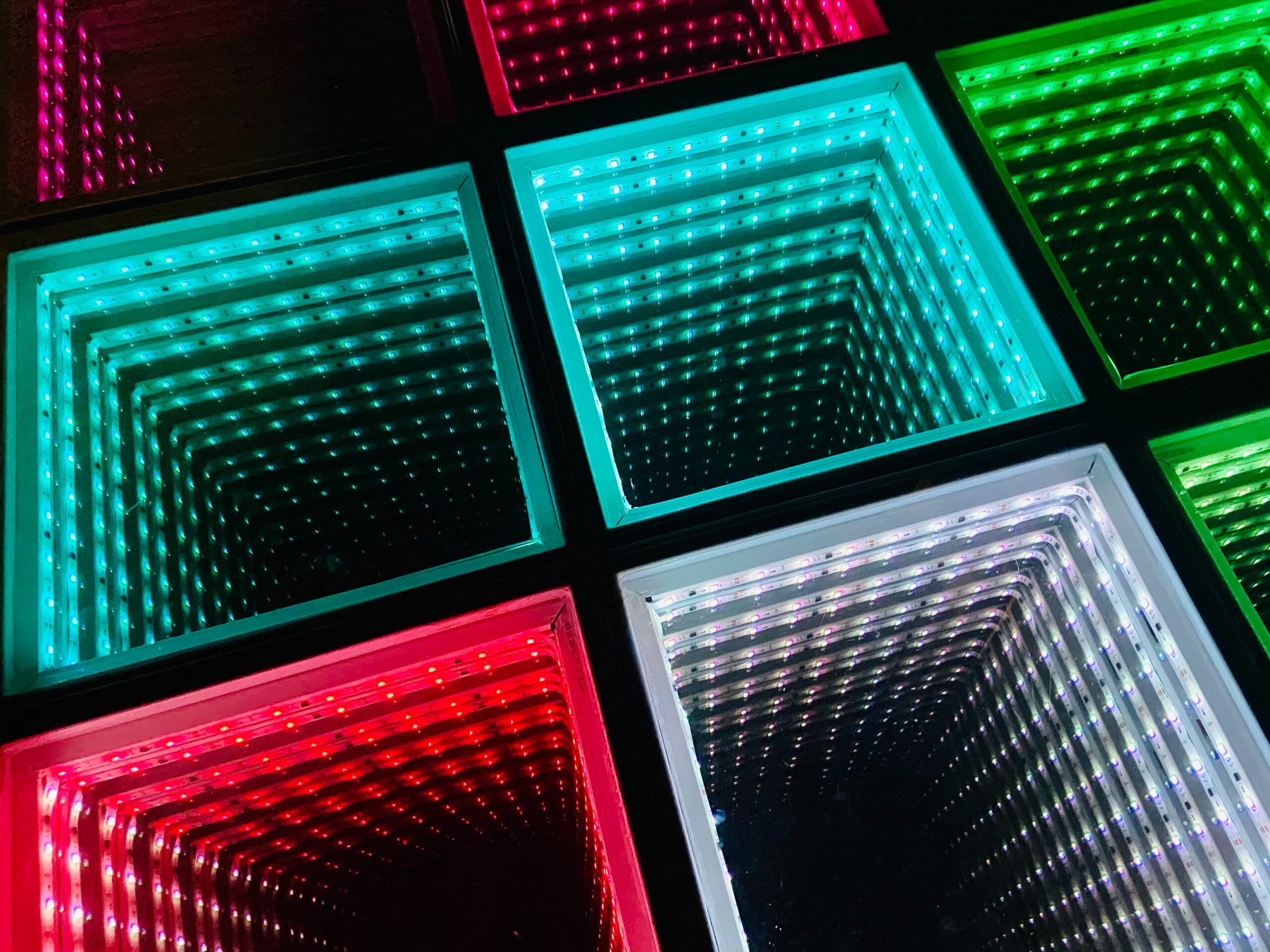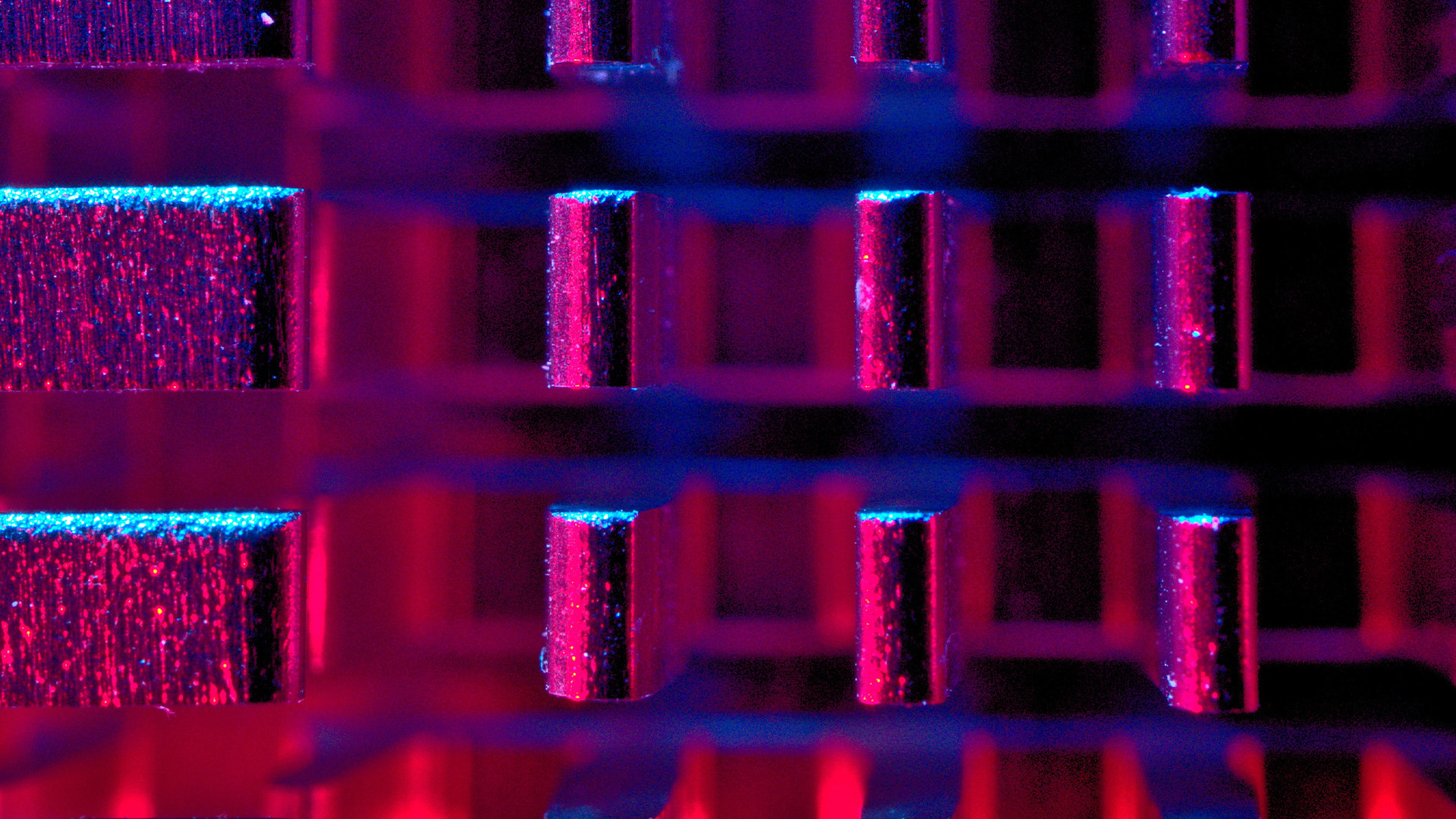KEY TAKEAWAYS
- As we look ahead to understand what scientific developments will influence corporate innovation, NTT Research’s three labs – Physics & Informatics (PHI), Cryptography & Information Security (CIS) and Medical & Health Informatics (MEI) – are forging new paths in multiple fields and industries.
- Real-life applications for quantum computing, in particular the Coherent Ising Machine (CIM), are being demonstrated in the automotive industry.
- AI supports revelational products and services, with Deep Neural Networks (DNN) at the core of machine learning capabilities which can be configured using optical systems, so that higher computing performance can be realized with lower energy consumption.
- Cardiovascular bio digital twin technology remains a focal point for medical research, offering a groundbreaking way of predicting and treating heart problems.
Originally written by Kazuhiro Gomi and published by NTT Research, December 2021.
When thinking about the year ahead, sometimes doing so turns into contemplating how one’s own domain fits into bigger industrial or societal trends and forecasts. At the risk of disappointing those thinking solely about 2022, I’m instead going to offer a few thoughts on a longer time frame of discovery and innovation, taking a look at what our labs will be up to not only in the new year, but beyond.
Quantum physics meets brain science at the PHI Lab
Let’s start with the Physics & Informatics (PHI) Lab. This recent explainer video addresses the quantum nature of the Coherent Ising Machine (CIM) and is a good summary of the novel computing mechanism based on quantum-classical hybrid systems, which the lab continues making progress on by working with our research partners for over two years.
The recent honor we received at the BMW Quantum Computing Challenge indicates a promise of this technology applicable to real-life applications. The potential capability for discovering optimal answers amongst complex combinations (in the contest, discovering the right combination of many components and parts for a new car model) was well demonstrated. While the original idea and its implementation of CIM relies on optical apparatuses, the team has also developed the simulated version of the CIM on digital computers (Cyber CIM). Dr. Satoshi Kako, the Senior Scientist at PHI Lab demonstrated Cyber CIM at our research summit Upgrade 2021.
In 2022, I expect to see the enhancement of Cyber CIM through the addition of scalability and flexibility, allowing the system to be tested on multiple applications. Another area I expect development around is Artificial Intelligence, more specifically Deep Neural Networks (DNN). Needless to say, AI supports many revelational products and services today, and DNN is the core of machine learning capabilities. We know that DNN can be configured using optical systems, and, by doing so, higher computation performance can be realized while requiring lower energy compared to conventional implementation using digital computers. Climate change remains a front-and-center issue for us, and this can be a key development I will watch with great interest.
Making data secure at the CIS Lab
In the Cryptography & Information Security (CIS) Lab, it is fair to say our computer scientists will continue to make significant theoretical contributions to their respective fields, as they have for the past two years. How will any of these papers contribute to our vision of a Smarter World? That is harder to say. Looking back, however, provides a clue to the kind of timing that could be involved. It was in 2005, for instance, that CIS Lab Distinguished Scientist Brent Waters, then a post-doctoral fellow at Stanford University, co-authored a paper that introduced the concept of attribute-based encryption (ABE), originally called Fuzzy Identity-Based Encryption.
In November 2021, our parent company, NTT Corp., initiated a partnership with the University of Technology Sydney (UTS) that, among other objectives, will conduct a proof-of-concept of a cryptography information-sharing platform using NTT’s implementation of ABE technology, and adopt it for internal applications in UTS. From academic paper to proof-of-concept, it will have taken about 17 years – another lesson in patience.
Applying bioinformatics and data science to medical research at the MEI Lab
Finally, for the Medical & Health Informatics (MEI) Lab, the cardiovascular bio digital twin (CV BioDT) remains a well-known focal point. At Upgrade 2021, MEI Lab Senior Scientist Dr. Jon Peterson provided a video demonstration and discussion on what the CV BioDT could look like within a decade.
Before looking ahead, however, he found it useful first to look back, in this case to the contributions of Otto Frank, a German physiologist who pioneered cardiovascular performance metrics in the late 19th and early 20th centuries. Near-term, the MEI Lab’s tasks involve populating its cardiovascular model (nicknamed “Otto”) by building out the associated hypothesis, scenario and measurement realms. These steps are the prerequisites to eventually introducing the CV BioDT, the complexity of which, Dr. Peterson said, could end up resembling a “20-dimensional hypercube.”
What NTT Research scientists are working on currently is unlikely to map onto a twelve-month calendar. You might say that we’re on a different clock. What happened two decades or even a century ago is oddly relevant, what is happening now for the most part can be slow and incremental, and yet what we see as possible ten years out has a bright and motivational pull.
Originally published by NTT Research, December 2021.
Find out more about the labs, and NTT’s plans to upgrade reality, at https://ntt-research.com/.







